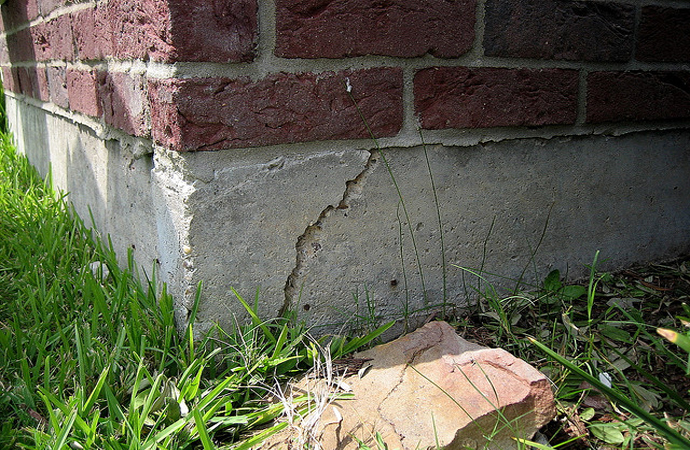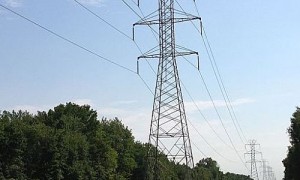Many consumers seek out older homes, such as Victorians and English colonials, for their beauty, space and rich history. When it comes to buying a home that was built decades ago, it’s important to examine the house more closely than a newly-built property. Older homes may have different electrical systems, tanks and even paint that may need to be updated before moving in.
There are several solutions to the most common issues homeowners run into after purchasing an older house.
Hire an inspector
The electrical and tank systems in older homes may be outdated, so it’s important for new homeowners to hire a professional to examine these systems. Many rubbers that were used in the original wiring of electrical systems may corrode over time, and a professional will be able to tell if new wiring is needed. Common signs of wire corrosion or abrasion include dim or flickering lights, fuses that frequently cut out, frequent electrical shocks and strange sounds or smells coming from outlets, MSN Real Estate reports. If electricians find potential issues, they can install new safety upgrades to the home at minimal costs.
In addition to older electrical systems, some homes’ heating may also run on oil fuel. It’s important to make sure oil tanks, which are typically located in basements or underground in the yard, are functioning properly and not leaking. Common signs of leakage can be detected by inspecting the area near the tank for oil spots. In addition, it’s important to find out how old the tank is, as most should be replaced every 10 to 15 years. For tanks that are located underground, it may be best to hire a professional who has more expertise and the tools to examine it.
The cost to replace tanks vary by several factors, including size and location, however there are several sources of financial assistance offered by states to help cover the costs.
Repaint your home
Lead paint was popular during the early 1900s, and many older homes may still have their original paint jobs. In cases where the paint is intact and not flaking or peeling, homeowners can simply paint over it. In instances where the paint is showing signs of wear and peeling, the old paint needs to be removed before it’s painted over.







[…] Tips for Buying an Older Home […]
[…] post Tips for Buying an Older Home appeared first on Coldwell Banker Blue […]
[…] post Tips for Buying an Older Home appeared first on Coldwell Banker Blue […]
What about looking at the roof or the windows or the heating system’s efficiency or the foundation? What about water issues and leaks? What about insulation that might not be there at all? This article is too superficial to be helpful.
Loose Lead paint must always be scraped, not sanded, using a mask. All homes before 1978 have lead paint. Wood destroying insects are another major point missing here